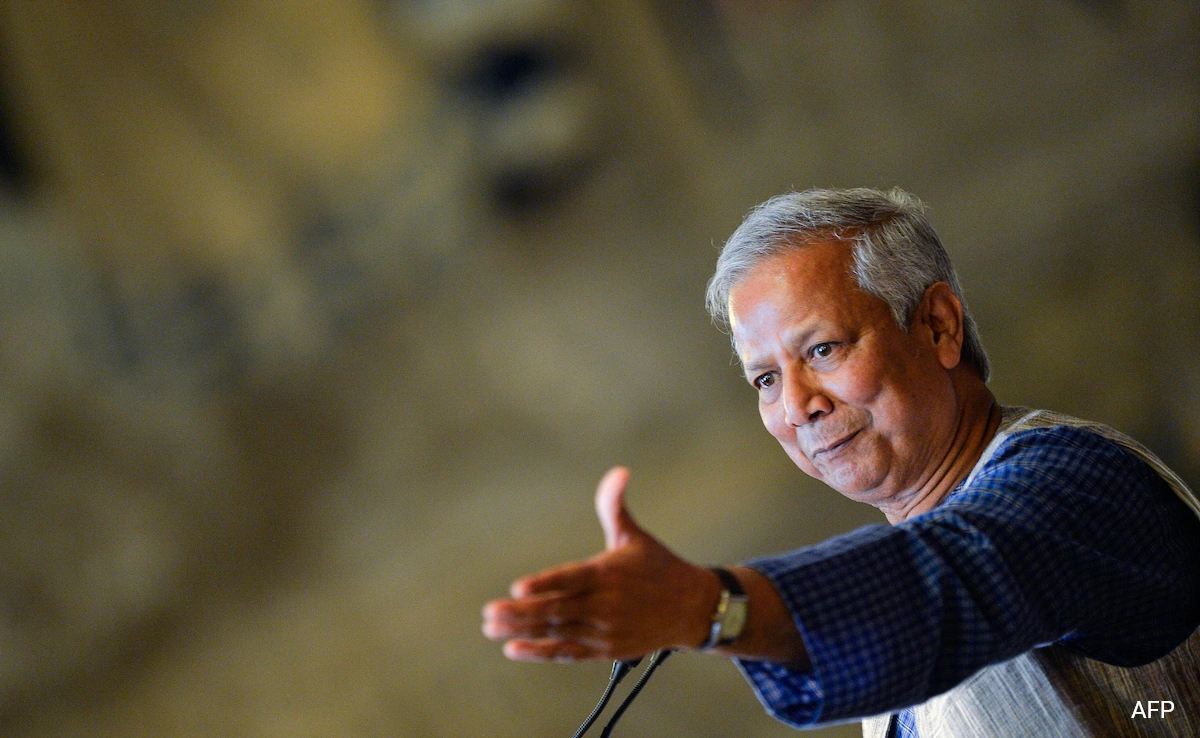The Plight Of Transgender Service Members: A Case Study

Table of Contents
Legal and Policy Barriers Facing Transgender Service Members
The journey toward inclusion for transgender service members has been a long and arduous one, marked by both significant setbacks and incremental progress. Understanding this history is vital to grasping the current challenges.
The History of Transgender Bans and Policy Changes:
The history of transgender individuals in the military is punctuated by periods of outright exclusion and subsequent, often hard-fought, advancements.
- Past discriminatory policies: For decades, explicit bans barred transgender individuals from serving openly. These policies often resulted in forced discharges and the denial of benefits.
- Key legal challenges: Several landmark legal cases challenged these discriminatory policies, leading to significant shifts in the legal landscape.
- Landmark court cases: Cases like Doe v. Rumsfeld and others played crucial roles in shaping the legal arguments and pushing for policy reform, although the battlefield remains complex and evolving.
Current Policy Landscape and its Impact:
While significant progress has been made, the current policy landscape still presents considerable challenges for transgender service members.
- Access to healthcare: Access to gender-affirming care, including hormone replacement therapy (HRT) and surgeries, remains inconsistent and often fraught with bureaucratic hurdles.
- Gender-affirming care limitations: The availability of these crucial medical interventions within the military healthcare system varies widely, impacting transgender service members' physical and mental health.
- Deployment restrictions: Many transgender service members face deployment restrictions, limiting their career progression and opportunities.
- Opportunities for advancement: The potential for discrimination can hinder opportunities for advancement within the ranks.
- Potential for discrimination: Even with official policy changes, implicit biases and outright discrimination sadly persist, creating an uneven playing field.
The Ongoing Debate and its Consequences:
The ongoing political and social debate surrounding transgender inclusion in the military continues to impact the lives of transgender service members.
- Arguments for and against inclusion: These debates often revolve around questions of readiness, unit cohesion, and costs, often overlooking the human cost of exclusion.
- Impact on morale and unit cohesion: The constant uncertainty and potential for discrimination negatively impact morale and can undermine unit cohesion.
- Effects on recruitment and retention: Discriminatory policies and a hostile environment discourage transgender individuals from enlisting and drive existing members to leave the service.
Healthcare Access and Mental Health Challenges
Transgender service members often face significant obstacles in accessing appropriate healthcare, resulting in considerable mental health challenges.
Access to Gender-Affirming Care:
Securing necessary healthcare is often a significant hurdle.
- Availability of services: The availability of gender-affirming surgeries and HRT within the military healthcare system varies considerably, creating significant disparities in access.
- Cost barriers: Even when services are available, cost remains a significant barrier for many transgender service members.
- Wait times: Excessive wait times for necessary care can exacerbate existing mental health challenges.
- Bureaucratic hurdles: Navigating the bureaucratic processes to obtain gender-affirming care can be incredibly challenging and time-consuming.
Mental Health Concerns and Stigma:
Transgender individuals experience higher rates of mental health conditions, and the military environment can exacerbate these issues.
- Prevalence of depression, anxiety, PTSD: Many transgender service members face significantly higher rates of depression, anxiety, post-traumatic stress disorder (PTSD), and suicidal ideation.
- Impact of discrimination and stigma: The pervasive nature of discrimination and stigma contributes directly to poor mental health outcomes.
The Role of Military Support Systems:
While some support systems exist, they often prove inadequate in addressing the specific needs of transgender service members.
- Availability of mental health professionals: Access to mental health professionals with specialized training in transgender issues is often limited.
- Specialized training for providers: Many healthcare providers lack the necessary training to effectively care for transgender individuals.
- Peer support programs: While peer support can be beneficial, its effectiveness depends on a safe and inclusive environment.
- Effectiveness of existing resources: Existing resources are often insufficient to meet the complex and diverse needs of transgender service members.
Experiences of Discrimination and Harassment
Transgender service members frequently experience various forms of discrimination and harassment, impacting their well-being and ability to serve effectively.
Forms of Discrimination and Harassment:
The spectrum of discrimination and harassment is broad and deeply damaging.
- Verbal harassment: This ranges from casual slurs to more overt threats and intimidation.
- Physical assault: Sadly, physical violence against transgender service members occurs, leaving lasting physical and psychological scars.
- Social exclusion: Many transgender service members experience social isolation and exclusion within their units.
- Denial of opportunities: Opportunities for training, promotions, and leadership roles are often unfairly denied to transgender service members.
- Discrimination in housing or deployment: This can manifest in various ways, impacting their quality of life and career progression.
The Impact of Discrimination on Readiness and Morale:
The effects of discrimination extend far beyond individual experiences, damaging readiness and morale across the military.
- Impact on performance: Constant stress and fear of discrimination can significantly impair job performance.
- Absenteeism: Experiences of discrimination and harassment often lead to increased absenteeism.
- Attrition rates: High rates of attrition among transgender service members represent a loss of valuable skills and experience.
- Loss of qualified personnel: The military loses skilled and dedicated individuals due to a hostile and unwelcoming environment.
Mechanisms for Reporting and Addressing Discrimination:
Existing mechanisms for reporting and addressing discrimination are often inadequate.
- Effectiveness of reporting procedures: Reporting procedures are frequently ineffective, leading to a lack of accountability and continued harassment.
- Support available to victims: Support for victims is often insufficient and fails to provide adequate protection or redress.
- Accountability measures for perpetrators: Accountability measures for perpetrators are often lacking, allowing discriminatory behavior to continue unchecked.
- Improvements needed: Significant improvements are needed to ensure that reporting mechanisms are effective and provide meaningful support for victims of discrimination.
Conclusion
This case study reveals that transgender service members face significant legal, healthcare, and social barriers within the military. These challenges have a devastating impact on their mental health, career prospects, and overall well-being, ultimately affecting military readiness and unit cohesion. Addressing the plight of transgender service members requires a multifaceted approach, encompassing policy reforms that guarantee equal rights and protections, increased funding for comprehensive and accessible healthcare, including gender-affirming care, improved training for military personnel to foster understanding and empathy, and stronger, more effective mechanisms for addressing discrimination and harassment. Only through such comprehensive action can we ensure the full participation and well-being of all transgender service members, creating a truly inclusive and equitable military for all. Let's work together to build a military where every service member can thrive, regardless of gender identity.

Featured Posts
-
 Syzitiseis Kompoy Sigiarto Dimereis Sxeseis Kypriako Kai I Elliniki Proedria Tis Ee
May 15, 2025
Syzitiseis Kompoy Sigiarto Dimereis Sxeseis Kypriako Kai I Elliniki Proedria Tis Ee
May 15, 2025 -
 Predicting The Giants Padres Game Padres Win Or A 1 Run Difference
May 15, 2025
Predicting The Giants Padres Game Padres Win Or A 1 Run Difference
May 15, 2025 -
 Elon Musk And Amber Heard New Twins Fuel Embryo Dispute Speculation
May 15, 2025
Elon Musk And Amber Heard New Twins Fuel Embryo Dispute Speculation
May 15, 2025 -
 Todays News Bangladesh Muhammad Yunus In China Marco Rubios Caribbean Visit And More
May 15, 2025
Todays News Bangladesh Muhammad Yunus In China Marco Rubios Caribbean Visit And More
May 15, 2025 -
 Boston Celtics Injury News Impact Of Guards Absence On Game 3
May 15, 2025
Boston Celtics Injury News Impact Of Guards Absence On Game 3
May 15, 2025
